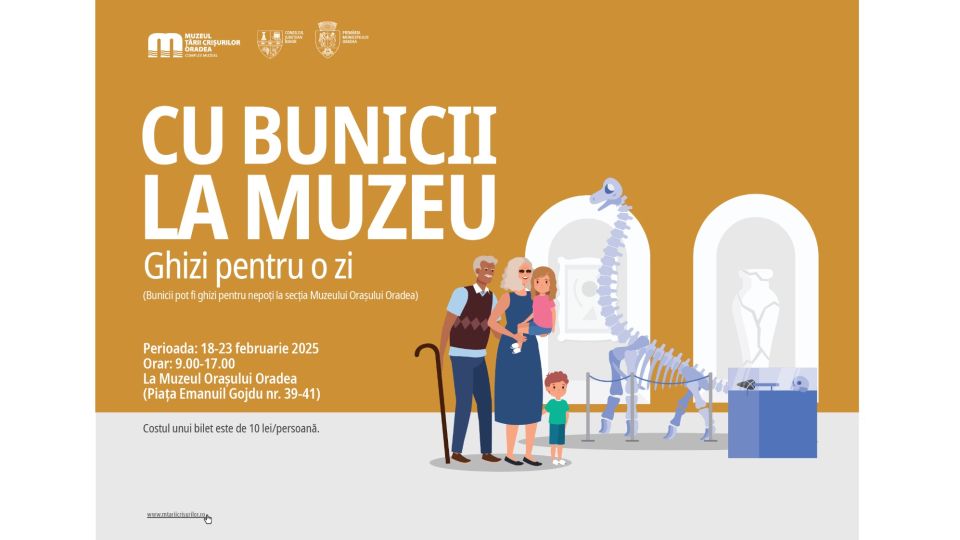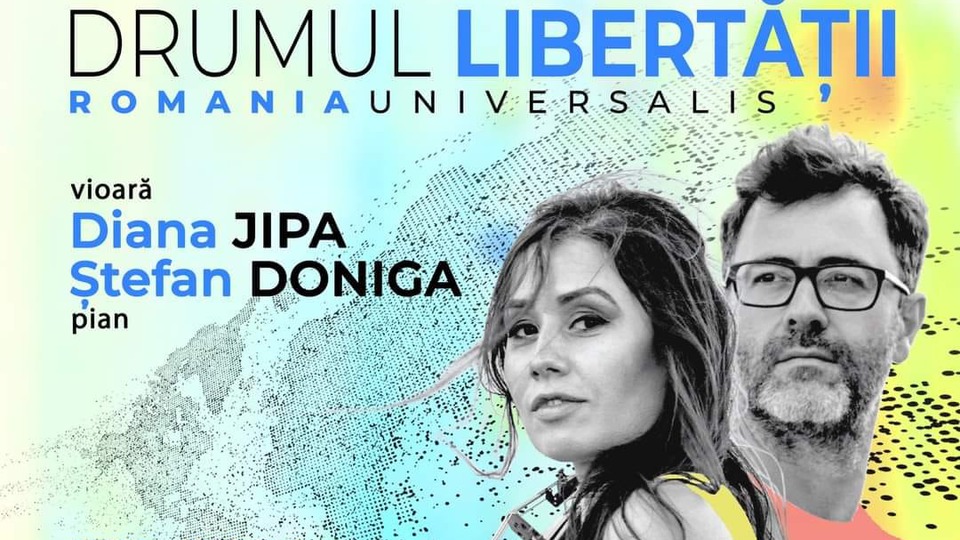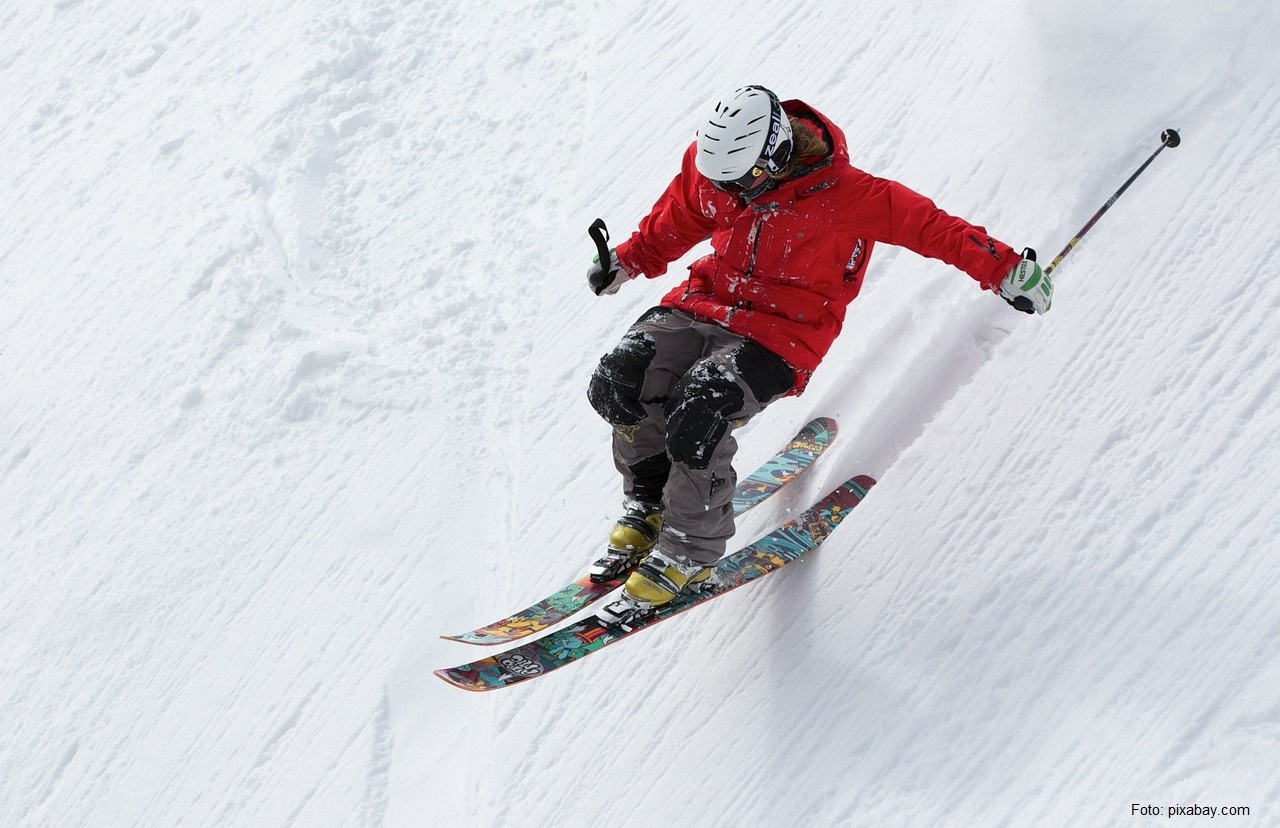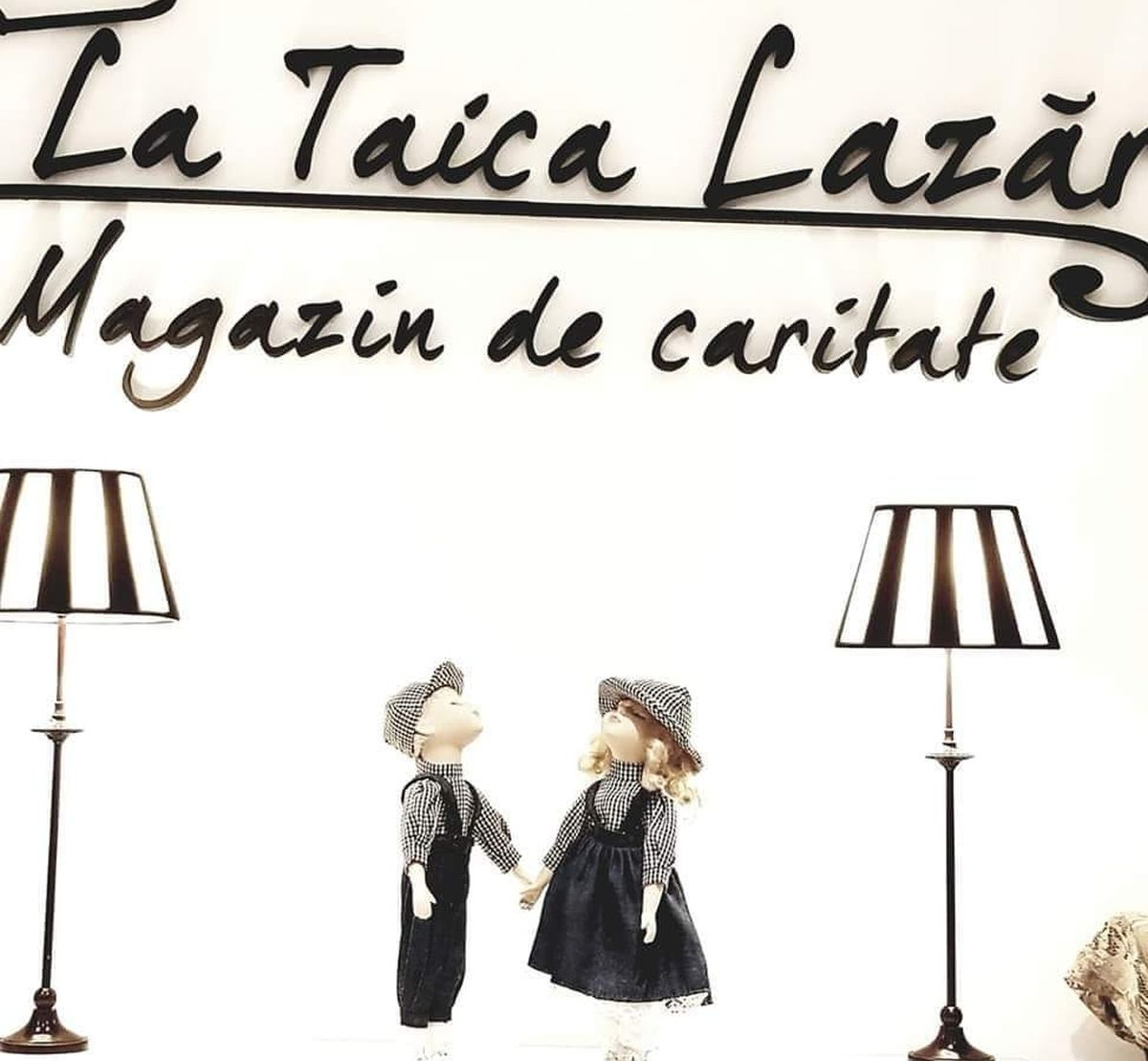The ‘Nikolaus Lenau” puppet museum in Timis county
An ethnographic exhibition of puppets in the western Romanian region of Banat
Ana-Maria Cononovici, 22.10.2019, 15:52
ts highly likely that a village or a town may acquire their fame for being the birthplace of a local personality. Also, a museum or a memorial house may be named after such a personality, so today we shall be spinning the yarn of the Nikolaus Lenau Museum of the Lenauheim commune in Timis County.
Lying 20 kilometers from Romanias border with Serbia, the commune of Lenauheim bears the name of an Austrian romantic poet, who was born there in 1802. His name was Nikolaus Lenau. Back then his father was tax collector, so the then building of the revenue office, later housing the village hall, has been playing host to the Swabian museum bearing the name of the poet, since 1930. Here is the curator of the museum Elfriede Klein.
“The building was erected in 1774, with the clear purpose of housing the revenue office. Maria Theresa initiated that, and the Catholic Church was built at the same time. Poet Nikolaus Lenaus life is deeply linked to that building. Several rooms venue an ethnographic exhibition of puppets, clad in the traditional Swabian apparel of Banat. Each village has its own traditional outfit, so there are around 56 pairs of puppets. There is one village for which the puppets are dressed like the married women who were allowed to participate in the Kirvai, which is a church feast or the prayer of the village, and which is observed once a year. In German, it is known as the Kirvai.”
When the poet was four months old, his family relocated to Hungary. Lenau spent the years of his youth in Hungary, actually in Pesta, Tokaj and Pojon. The poet left for Vienna, where, between 1822 and 1844, he studied jurisprudence, philosophy, agronomy and medicine, but he did not complete his doctoral studies. He lived off a consistent inheritance and led the life of a freelance writer. From 1832 to 1844 he lived a peaceful life, equally divided between Vienna and Swabia. His works were published posthumously, in 1855. However, for his native village, Nikolaus Lenau is an outstanding personality.
Elfriede Klein:
“Everybody is proud because the village bears its name, because, before the poet was born, the name of the locality was Csatad. The Romanians named it Ceata, the Mist, the Germans called it Szadat. There was also a saying our villages shared, when they said those from Szadat were coming, they knew it was about us, it was like a nickname we inherited from those days. Since 1926, this locality bears the name of Lenauheim, which means Lenaus home. He was a great Austrian poet, born in the Romanian part of Banat. He even lived in America, but he wrote no poetry there. He spent most of its life in Austria and a small part of it in Germany.”
The museum building lies on the main road. It is a typically Swabian building, with an inner courtyard, even though it was the revenue office building, initially.
Elfriede Klein:
“If somebody wants to visit the museum, theres a lot in there which is well worth seeing! Each and every village got their own costumes made, they have seamstresses doing that. There is a lot of work to do since the costumes are intricate and very difficult to manufacture. Each village has a seamstress who took care of that. All the puppets have been bought from a factory in Arad, from Aradeanca, which still exists, and each village has a seamstress who was delegated to do that. We have five areas housing the puppets, we also have three surprise rooms, furnished with period furniture, which means we have pieces of furniture dated 1821. We have a bed and a chest-of-drawers, hand painted, dated 1821, we have a living room, a kitchen, we even have the gem of each house, the pantry, şpaiţă, in Romanian, Speisekammer in German, just as the Germans used to call it.
These days, the Lenau exhibition has seven rooms in the left wing of the building, on the upper floor. Photographs of Nikolaus Lenau are exhibited, as well as manuscripts and letters, presenting part of the poets life and work, also highlighting how his work was received in his time. A versatile personality, always in search of true love.
Also part of the exhibition are tools, farming and household installations, The kitchen seems to be waiting for its guests, as the table is laid to receive them. A pressing iron of those times appears to be ready smooth out a table cloth. The reddish square stone floor keeps the pantry cool, while the wooden casks seem to entice you to imagine what the taste was, of the sour cream and cheese sorts of those days.
Also on display are books and manuscripts that were property of Nikolaus Lenau. Also exhibited are photocopies, plates, paintings, depicting the life of the poet and that of his family, editiones principes of some works, as well as translations of Lenaus poems in Romanian.
A statue of poet Nikolaus Lenau can be seen in the center of the commune. It was erected in 1905.






























